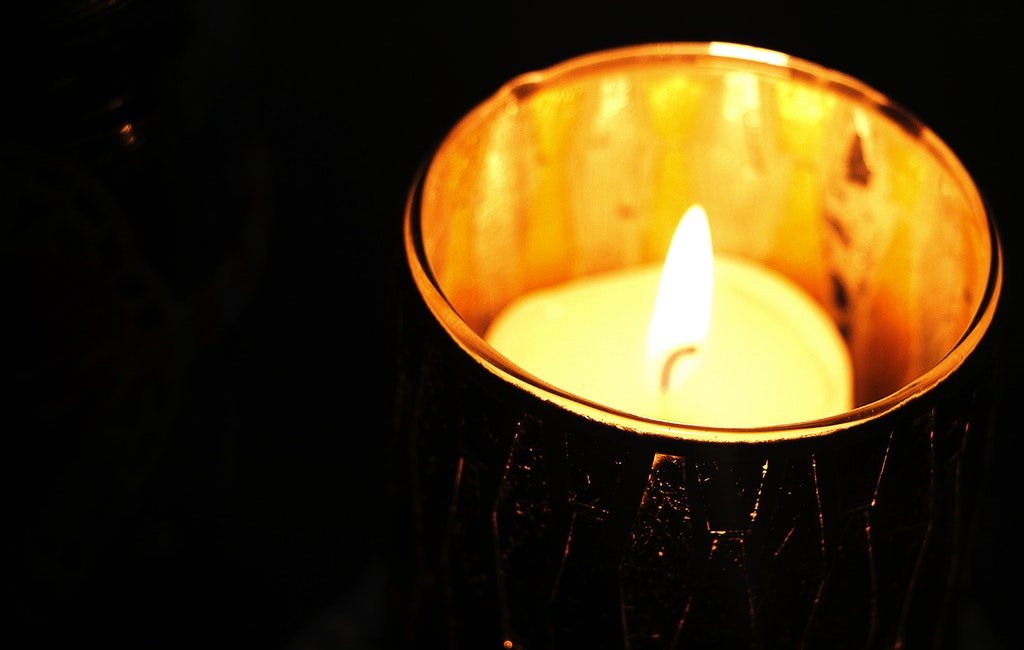Candles have been in existence for thousands of years and they are still very relevant today. Candles have evolved since the time of their first invention and back then, different kinds of candles were born into existence in different parts of the world. In ancient times, candles made out of the bodies of insects were popular in some parts of the world while those made from boiled-down fat from cattle were common in others. And even now, there are still different types of candles in the global markets and many people have started wondering what a “cold candle” is.

WHAT IS A COLD CANDLE?
Many people have different definitions and ideas about what a cold candle is. However, something all those definitions have in common is that they involve candles whose temperatures have been lowered considerably before use. Therefore, some people make cold candles by sticking their candles in the freezer for several hours before use. This often results in candles with much more hardened wax which sometimes becomes frozen.
There is one main kind of logic behind the creation of cold candles – often done by putting candles into a freezer for several hours to harden the wax and lower the temperature of the wicks before use – and that is to create a candle that can melt at a much slower rate compared to candles which have been kept at room temperature before use. The reasoning backing this logic up is that since the cold candle is at such a low temperature that it might as well be frozen, when lit, it would take the flame a longer time to spread enough heat required to melt the candle wax; and so, a lit candle should burn for a considerably longer amount of time compared to candles which were stored at room temperature. This sort of reasoning also makes an appearance in the widespread assumption that a candle burning in cold weather would burn much slower than one burning in hot weather, because the wax would melt much slower due to the effect of low temperature. However, these kinds of assumptions do not usually play out exactly as envisioned in reality. And while it might be realistically true that it would take longer time for a cold candle to warm up enough for the wax to melt, the time it takes for it to happen is not as considerable as many people claim.
THE COLD CANDLE EFFECT
It might surprise some people that many people prefer to store their candles inside freezers for hours, days, weeks, months or years before use. They do this in hopes of lowering the temperature of the candle wax and candle wick to the point where they can be technically described as frozen. They do this because they assume that it would take a longer period of time for the wax to melt when the wick of a cold candle – which has been stored this way for a considerable amount of time – becomes lit.
Some scientists have claimed that while cold candles do may theoretically require longer period of time for the wax to melt, this added period of time is not substantial. And it may range from anywhere between several seconds to a few minutes. However, that is all it takes, and once the heat of the flame has spread down the length of the cold candle and the wax is sufficiently warmed up, there is no added time lag and no difference in melting time compared to candles which have been stored at room temperature beforehand. The effect of a cold candle – or we could call it the cold candle effect – does not last or persist and nor does it affect the rest of the burning candle’s lifespan asides from adding those initial extra seconds or minutes to the candle’s lifespan.
However, some other scientists argue that the results of their own experiments show that there isn’t any difference at all between the lifespan of a cold candle and that of a candle which had been stored at room temperature. In fact, some even claim that if anything, a cold candle might burn faster than their room temperature counterparts; based on the results of their experiments.

HOW TO MAKE A CANDLE BURN FOR LONGER
Since the purpose of freezing a candle – thereby creating a cold candle – is to increase the lifespan of the candle during burning, and some people have claimed that this method doesn’t work for them, it follows that one should look into other ways of prolonging the burning time of candles. Some methods can be carried out on cold candles in order to create an added effect of lengthening the lifespan of the burning candle and they include:
- Trimming the wick
When the wick of a candle – cold or otherwise – is trimmed before use, it makes the candle wax melt more evenly when the wick is lit. It also prevents the formation of a dome-shaped or mushroom like structure on the wick later on, as burning continues which may lead to the formation of more soot and reduce the lifespan of the candle by increasing the rate of burning. It may also lead to tunneling, a situation where the centermost part of the candle burns at a much faster rate compared to the other parts of the candle, which can cause the candle to burn faster and may also result in the wastage of candle-wax.
- Allowing the candle to melt evenly
During candle burning, the candle-wax should be allowed to melt evenly, especially at the surface, in order to prevent tunneling.
- Keeping the candle away from moving air
A burning candle should always be kept away from the direct line of windows, fans, air conditioners and other avenues through which moving air can come through. This is because, while the candle requires air to burn and maintain its combustion, moving air is not good for burning candles; it might hinder the rate of burning (either by making it burn faster or less evenly) or it might succeed in putting it off.




